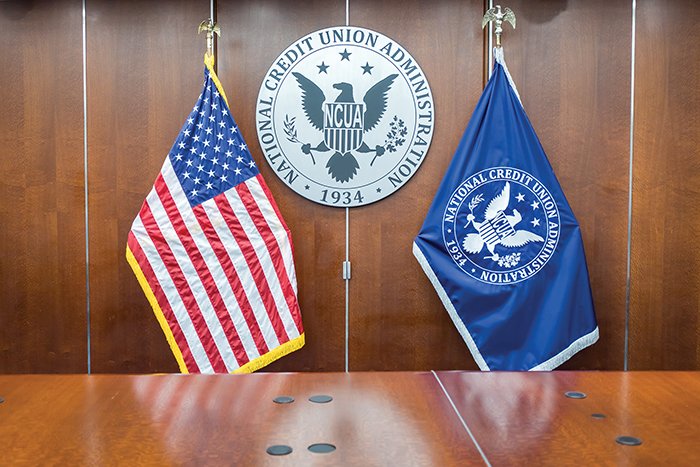While large and midsized banks have been suffering from an epidemic of identity and check fraud for more than a decade, community banks and credit unions were more protected because they operated in a community environment where they knew their customers. Today the situation has changed. Check fraud has become one of the largest challenges facing all financial institutions leaving no bank, company or municipality immune. The first of two primary contributors related to the increase of check fraud involves advances in technology. Recent studies show that forged signatures and counterfeit checks are the leading check fraud categories. Highly sophisticated and low-cost technology is now available to criminals, so they are more “professional” when creating counterfeit checks and forged signatures. The second cause is the competitive pressure that forces financial institutions, which have predominantly served local and regional markets in the past, to expand their customer base beyond traditional community boundaries and an increased reliance on less secure Internet transactions. The changed market situation requires an increased level of alertness for credit unions to protect themselves from the threat of check fraud losses. Large and midsize banks – the first targets for fraudsters – have already begun using fraud prevention tools, managing to keep the fraud losses under control or even slightly reducing them. For smaller institutions, the problem is newer and they are less protected. Limited resources typically prevent them from using extensive fraud prevention measures that larger banks can afford. Thus it is especially important for smaller institutions to identify main areas of fraud risk and use the most advanced, efficient and cost-effective technological solutions available on the market. While criminals have access to more sophisticated technology with which to attack poorly defended institutions – new technology is arming financial institutions with more effective means to fight fraud. For instance, advances in pattern recognition technology and biometric authentication techniques allow financial institutions to reliably verify signatures and protect themselves – and their customers – against the most skilled signature forgeries. Further, verifying check stock authenticity is crucial to cutting counterfeit check fraud loss. There are two types of signature verification systems. Type one deals with a two-dimensional static signature image resulting from capturing a previously signed document. Systems that analyze only the static data of a signature image are called off-line. The second type supports applications that track the motion during the process of signing at the point of presentment. Systems that treat the signature as a series of movements are called online or dynamic. In applications that deal with signed paper documents, only the document's static, two-dimensional image is available for verification. This poses a challenge for developing an automatic solution, considering that detection has to address not only random forgeries that were produced without knowing the shape of the original signature, but also skilled forgeries, or those generated by people imitating the original signature. In order to account for the missing important biometric data and produce highly accurate signature comparison results, off-line signature verification systems imitate the methods and approaches used by human forensic document examiners. Until recently, technology for automated off-line signature verification did not offer an industrially mature solution that was at least on par with visual verification and detecting skilled forgeries was especially challenging as neither of the existing technologies could offer anything close to visual verification results. Now a technological solution is available that detects random and skilled forgeries of signatures with an accuracy that not only equals – but far surpasses – visual verification. The key to online verification of questionable signatures lies in reconstructing the writing motion and its elements. Online signature verification is based on the analysis of unique biometric data inherent to a particular individual, presenting the most likely solution to the authentication problem. It is accurate, intuitive and fast, and operates with compact data making it ideal for document authentication and enterprise workflow. The newest software products for online signature verification combine multiple engines that analyze temporal biometric characteristics received during the act of signing – such as speed, acceleration, deceleration, stroke sequencing and length, pen pressure and timing information – with a proven innovative technology that scrutinizes signature shape. Online signature verification systems benefit from combining the most advanced methods of analyzing spatial characteristics of a signature image with biometric characteristics during the process of signing. Check stock verification software protects financial institutions against another common threat – counterfeit checks. It verifies the full image of a check as well as preprinted objects on a check including headers such as check number, date, payee, dollar amount, dollar sign, memo, payer block and payer bank field. This type of technology scrutinizes the placement of each item and the relative distances between pairs of blocks, allowing banks to immediately identify even the slightest variations of a given check. Multiple methods of verification, including quantitative analysis, pattern recognition, analytical and geometrical analysis and neural networks, ensure accuracy. As a result, banks and financial institutions can automatically detect copies or imitations of checks passing through the system. Combining signature and check-stock verification technologies presents an effective arsenal of reliable and cost-effective tools for credit unions and smaller financial institutions to maintain the highest level of account security. Lessons learned from larger financial institutions that have used such technologies show that the benefits are numerous and include: timely fraud prevention, mitigation of fraud losses, protection of the bank's assets and improved customer loyalty. As more fraud is perpetrated by fraudsters against all types of financial institutions, including credit unions, the only way to minimize the risk is to proactively implement advanced technology solutions.
© Touchpoint Markets, All Rights Reserved. Request academic re-use from www.copyright.com. All other uses, submit a request to [email protected]. For more inforrmation visit Asset & Logo Licensing.






